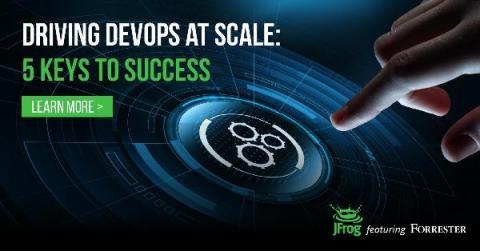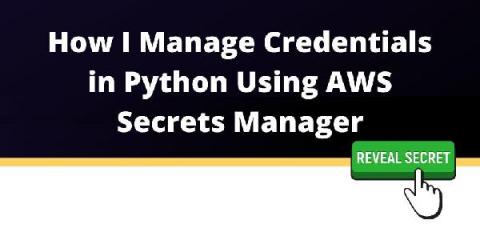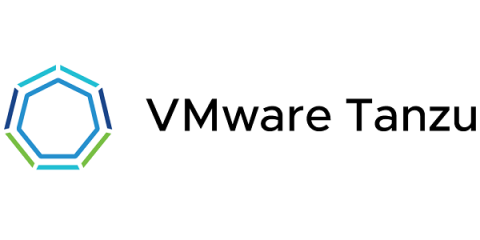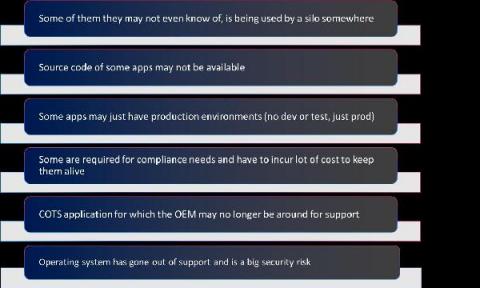Operations | Monitoring | ITSM | DevOps | Cloud
Latest News
How I Manage Credentials in Python Using AWS Secrets Manager
A platform-agnostic way of accessing credentials in Python. Even though AWS enables fine-grained access control via IAM roles, sometimes in our scripts we need to use credentials to external resources, not related to AWS, such as API keys, database credentials, or passwords of any kind. There are a myriad of ways of handling such sensitive data. In this article, I’ll show you an incredibly simple and effective way to manage that using AWS and Python.
DevOps and ITOps: Come Together, Right Now
Marc Hornbeek is a DevOps consultant, author and advisor who playfully calls himself “DevOps the Gray” due to his 40-plus years of work in software development. We spoke with him about the convergence of IT operations and DevOps and what it means for the IT organization.
It's Time We Throw Out the Usage of 'Postmortem'
To put it bluntly, did someone die? In engineering, let’s hope your answer is a resounding no. So why do we continue to use the word ‘postmortem’?
Accelerate Your Container Adoption with VMware Tanzu Build Service 1.1
Building containers securely, reliably, and consistently at scale is a daunting task. Yet, it’s an imperative for organizations embracing the rapid delivery of high-quality software. This is the scenario addressed by VMware Tanzu Build Service, which can help any enterprise IT group build and update containers automatically. And it’s flexible enough to slot right into any incumbent CI/CD toolchain.
Benefits of containers for enterprises
Within just five years, Kubernetes and containers have redefined how software is deployed. Researchers expect the container market to grow by 30% year over year to become a 5 billion industry by 2022. But what is the reason behind this mass adoption of container technology in the enterprise? Download whitepaper Containers are more resource efficient than virtual machines or other legacy app architectures.
How to Modernize Applications using Automation
Automation and adoption of cloud (public and/or private) are the two key components for the success of Digital Transformation. Automation has been synonymous with the agility and scalability of applications and infrastructure. DevOps ensures quick release of apps all the way from development to test to the stage to production. Cloud ensures quick allocation of resources (Compute, Memory, Storage, Network, etc.) for the applications.
Observability vs. Monitoring in DevOps
If you strip the buzzwords and TLAs from the definition of DevOps? You’ll find that the roles and tasks involved aim mostly for more uptime and less downtime in the SDLC (software development lifecycle). The first step to achieving that is becoming aware of downtime as it happens with the help of monitoring solutions. Only then can you respond and resolve the issue in a timely manner that minimizes the dreaded and expensive downtime of software development teams.
Delivering Container Security in Complex Kubernetes Environments
You may have noticed the VMware Tanzu team talking and writing a lot about container security lately, which is no accident. As DevOps and Kubernetes adoption continue their exponential growth in the enterprise, securing container workloads consistently is among the most difficult challenges associated with that transformation. There is a term we have been seeing—and using—a lot lately that encompasses a new way of looking at container security for Kubernetes: DevSecOps.
What is Chaos Engineering and How to Implement It
Chaos Engineering is one of the hottest new approaches in DevOps. Netflix first pioneered it back in 2008, and since then it’s been adopted by thousands of companies, from the biggest names in tech to small software companies. In our age of highly distributed cloud-based systems, Chaos Engineering promotes resilient system architectures by applying scientific principles. In this article, I’ll explain exactly what Chaos Engineering is and how you can make it work for your team.










